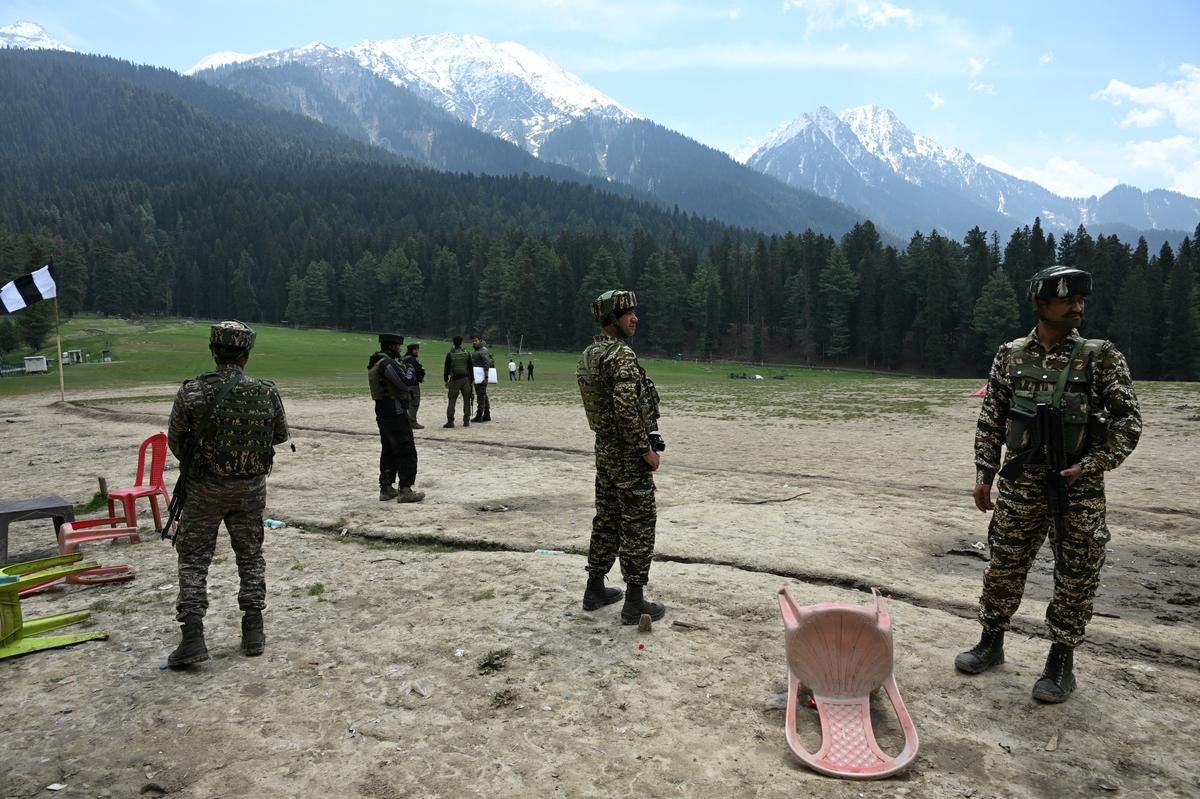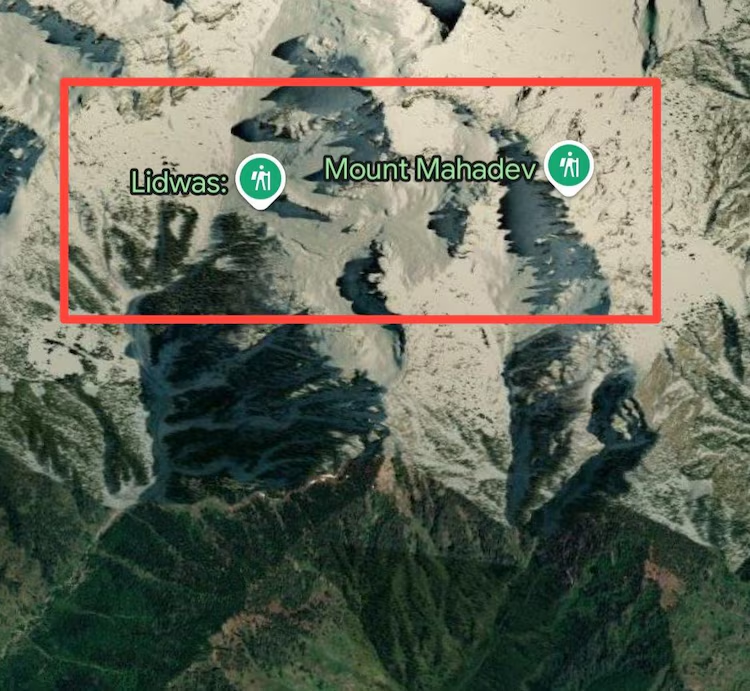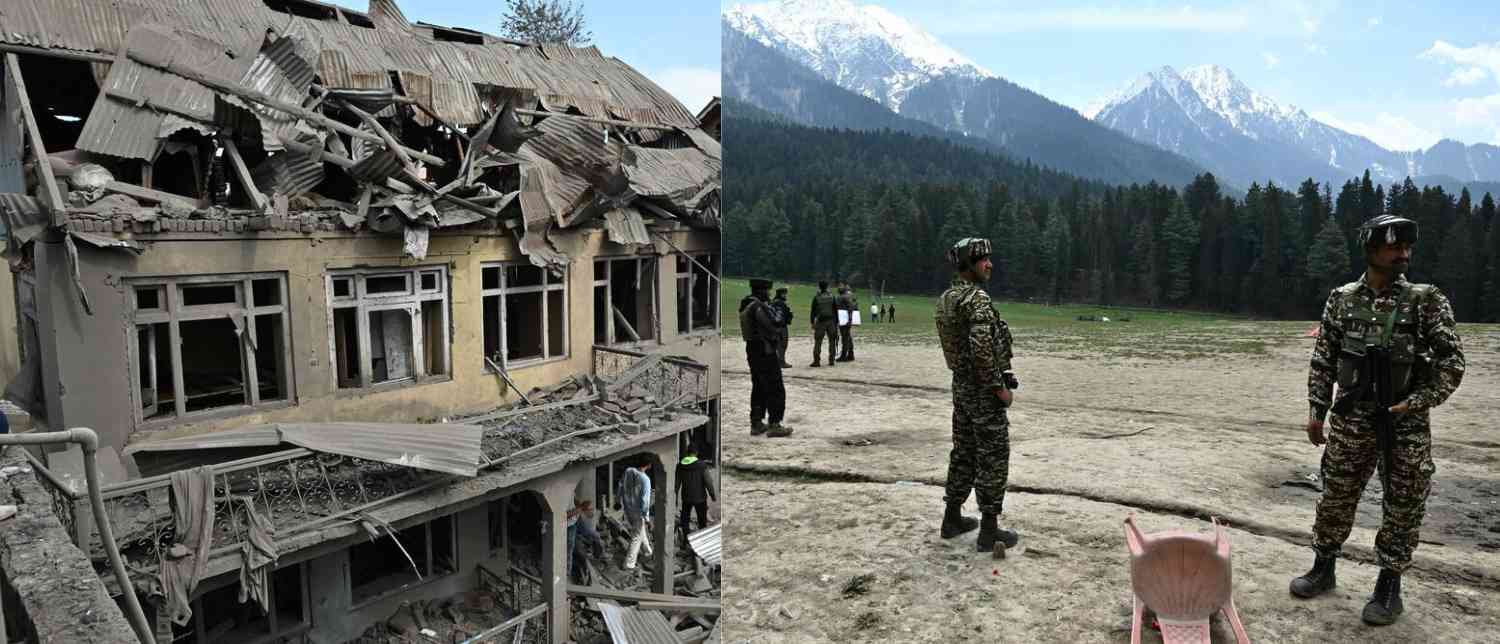Security forces in Jammu and Kashmir successfully located and eliminated terrorists hiding near Pahalgam following suspicious communications that led to a major operation. This operation, conducted on July 28, 2025, targeted the terrorist hideout in the dense forests of Dachigam, close to the Mulnar area of Harwan, after intelligence agencies intercepted unusual encrypted messages linked to the militants. The terrorists killed in this encounter included Suleman Shah, also known as Hashim Moosa, identified as the mastermind behind the deadly April 22 Pahalgam attack that killed 26 civilians, mostly tourists.

The recent operation, codenamed Operation Mahadev, was the culmination of a 14-day intense hunt by security forces comprised of the Indian Army’s Rashtriya Rifles, Jammu & Kashmir Police, and Para Special Forces. They had been tracking Lashkar-e-Taiba and Jaish-e-Mohammed terrorists suspected of using encrypted radio communications — specifically Chinese-made devices — to coordinate their activities in these forested and mountainous hideouts. The intercepted communications raised red flags on July 26 when a suspicious call was detected and monitored, leading forces to zero in on their location.
The terrorists were reportedly highly trained in jungle warfare and armed with military-grade weapons like AK-47 rifles, carbines, and rifle grenades. Security forces recovered these arms from the hideout after the encounter. The slain terrorists were foreign nationals, not local militants, as eyewitnesses during the April attack had noted they spoke Urdu with a non-local accent. The Pahalgam attack had rocked the region and the nation, as tourists were targeted in a guise of normalcy, and had showcased the terrorists' use of high-level logistics and encrypted communication technology.

From earlier investigations into the Pahalgam terror attack, it was revealed that local collaborators played a significant role in facilitating the attackers. Around 15 local Kashmiri overground workers (OGWs) were identified as aiding the militants by providing logistical support and communication links through encrypted messaging apps. These operatives helped the terrorists maintain real-time contact during the attack and may have been involved in arranging arms and shelter.
The security forces' ability to decipher encrypted messages and monitor the communication device used by the terrorists was crucial to thwarting a potentially larger terror plot. The communication device, assumed to be a high-tech Huawei satellite phone, had been under surveillance since the attack in April, and its unusual activity alerted the forces to the terrorists’ location in the harsh terrains of Dachigam.

The operation’s success is a reminder of the ongoing challenges security agencies face in combating terrorism in conflict zones like Jammu and Kashmir. While the elimination of the terrorists involved in the Pahalgam attack brings some immediate relief, it also highlights the complex nature of modern terrorism. It involves cross-border elements, advanced technology, local sympathizers, and challenging environments that require coordinated, intelligence-driven responses.
From a broader perspective, these events underscore the importance of intelligence sharing, technological advancements in monitoring suspicious activities, and the role of local communities in counterterrorism efforts. They bring to light the delicate balance security forces must maintain between protecting civilians and respecting rights, while tackling threats that operate under covert and sophisticated means.

In conclusion, while the recent crackdown on the Pahalgam terrorists marks a significant achievement for security forces, it also serves as a sobering reminder of the persistent and evolving nature of terror threats. Vigilance, cooperation between agencies, local support, and continued intelligence efforts remain vital in safeguarding peace in the region.
With inputs from agencies
Image Source: Multiple agencies
© Copyright 2025. All Rights Reserved Powered by Vygr Media.

























